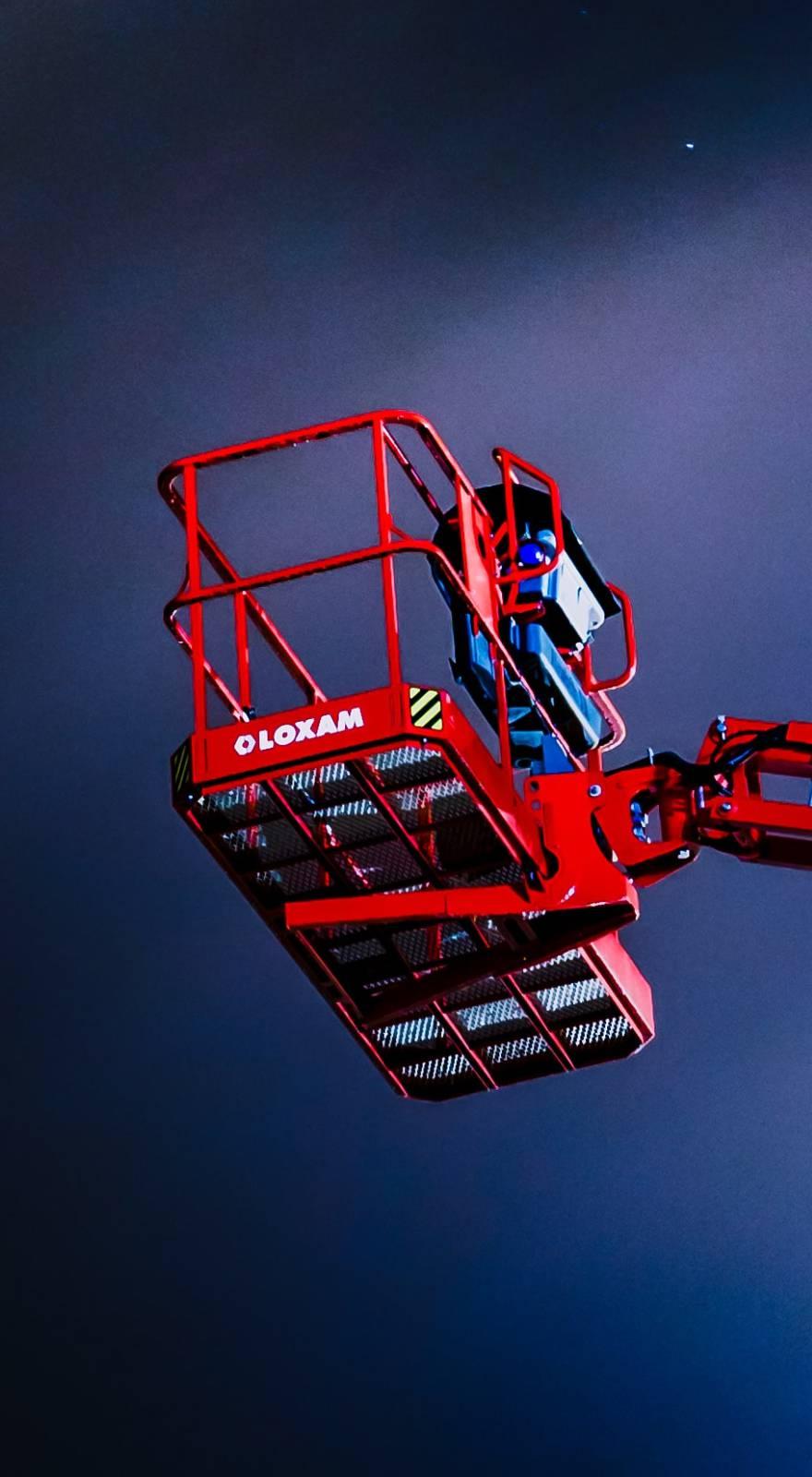Knowde Enhanced TDS
Identification & Functionality
- Additives Included
- Chemical Family
- Polymer Name
- Technologies
- Product Families
Features & Benefits
- Materials Features
Applications & Uses
- Applications
- Applications
NANCAR® 1041 is recommended for use in hoses, rolls, packings, gaskets, sheets, shoe soles and other mechanical goods requiring high oil resistance.
Properties
- Physical Form
- Typical Properties
- Rheological Properties
| Value | Units | Test Method / Conditions | |
| Bound Acrylontrile Content | 39-42 | % | Internal test method, NANTEX Inc. |
| Heat Loss | max. 0.5 | % | ASTM D-5688 |
| Mooney Viscosity [ML1+4 at 100°C (massed)] | 75-90 | - | ASTM D-1646 |
| Specific Gravity | 1 | - | Internal test method, NANTEX Inc. |
| Total Ash Content | max. 1.0 | % | ASTM D-1416 |
| Value | Units | Test Method / Conditions | |
| Maximum Torque (160°C, 30min.) | 4.71 | lb-in | ISO 6502/ASTM D-5289 |
| Minimum Torque (160°C, 30min.) | 0.9 | lb-in | ISO 6502/ASTM D-5289 |
| Optimum Cure (160°C, 30 min) | 13.5 | Minutes | ISO 6502/ASTM D-5289 |
| Scorch Time (160°C, 30 min) | 2.3 | Minutes | ISO 6502/ASTM D-5289 |
Regulatory & Compliance
- Certifications & Compliance
Technical Details & Test Data
- Compound Properties
Test formulation:ASTM D-3187/ISO 4658 /Miniature internal mixer(based on IRB#8)
Ingredients Parts (phr) NANCAR® 1041 100.00 NBS zinc oxide 3.00 2% MgCO3 coated 1.50 NBS stearic acid 1.00 HAF Black IRB#8 40.00 TBBS, NBS 384 0.70 Total 146.20
Packaging & Availability
- Packaging Type
- Packaging
25kg bales on pallets of 1200kg
Storage & Handling
- Shelf Life
12 months from date of production at temperatures not exceeding 35°C in dry conditions; exposure to light has to be avoided.

